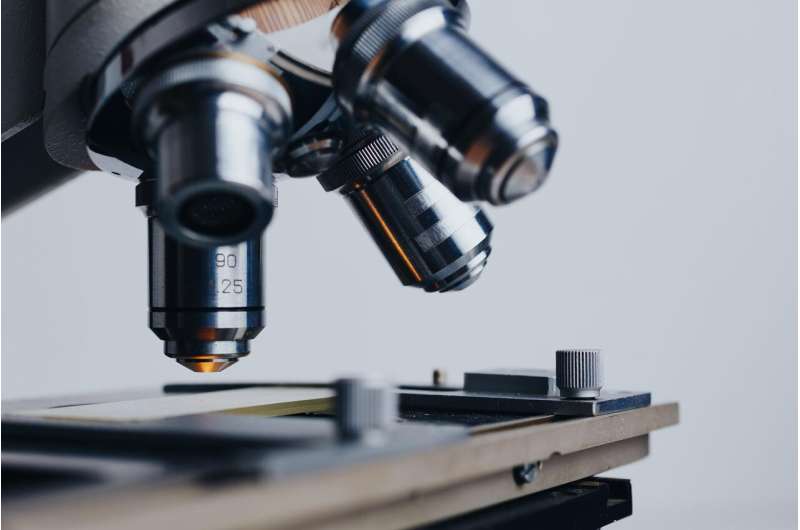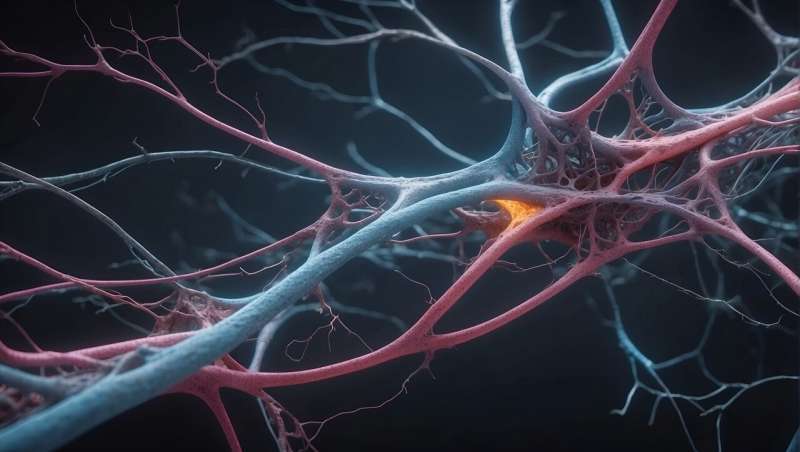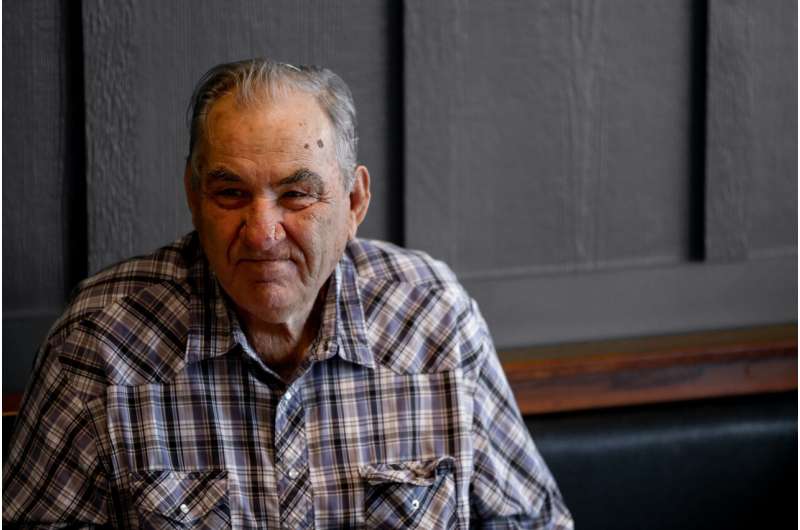Chemical Fingerprinting Technology Identifies the Origins of Counterfeit and Stolen Pharmaceuticals

New research reveals how chemical fingerprinting through isotope analysis can trace the origins of stolen and counterfeit medicines, aiding anti-fraud efforts globally.
A groundbreaking study by researchers from the University of Copenhagen and Stanford University has demonstrated that medicines possess a unique chemical fingerprint, which can be used to trace their origin with high precision. This innovative approach focuses on analyzing stable isotopes—specifically, variations of hydrogen, carbon, and oxygen—in pharmaceutical ingredients. Since these isotopic signatures are influenced by geographical location, water sources, and local plant growth conditions, they serve as reliable markers for identifying where a medicine was produced.
The research, published in the journal Molecular Pharmaceutics, highlights the potential to distinguish identical medicines manufactured by different companies in various regions and even detect counterfeit or illegally repackaged drugs. The lead author, Else Holmfred, a postdoctoral researcher, explains that each medicine's chemical signature can pinpoint the original factory, offering a powerful tool for combating the rising threat of pharmaceutical crime.
Recent EU reports revealed that over 426,000 packages of illegal medicines were seized during specific operations in 2024, totaling an estimated value of 11.1 million euros. As counterfeit medicines become an increasingly significant problem, especially with the rise of online drug sales, this new chemical fingerprinting method offers a promising solution.
The process involves examining the isotopic composition within medicines, which remains stable over thousands or millions of years and is difficult to forge. The team emphasizes that this technique is straightforward, requiring only a standard laboratory setup, and can analyze about 50 samples in roughly a day.
Furthermore, the study discusses the role of plants in medicine production. The isotopic signatures of plant-based components depend on their geographic origin, water supply, and photosynthesis type, making it almost impossible to counterfeit these signals.
Holmfred notes that upcoming research will focus on detecting specific counterfeit medicines by analyzing their isotopic deviations from authentic samples. This method holds great promise for law enforcement and regulatory agencies seeking to verify the authenticity and traceability of pharmaceuticals globally.
Source: https://medicalxpress.com/news/2025-08-chemical-fingerprints-reveal-stolen-counterfeit.html
Stay Updated with Mia's Feed
Get the latest health & wellness insights delivered straight to your inbox.
Related Articles
Open Science Drives Development of Broad-Spectrum Coronavirus Antiviral
A new broad-spectrum coronavirus antiviral, ASAP-0017445, developed through global open science and AI collaboration, shows promising potential as a next-generation treatment. Source: Medical Xpress.
Pediatric Influenza-Associated Encephalopathy Highlights of 2024–2025 Season
The 2024–2025 flu season in the U.S. saw a rise in pediatric influenza-associated encephalopathy cases, including severe forms like ANE, with high hospitalization and mortality rates among children. Vaccination coverage remains crucial to prevent these severe outcomes.
Declining Use of Benzodiazepines Among Older Adults Post-Hospitalization Offers Hope but Risks Persist
Recent studies reveal a decline in benzodiazepine use among older adults post-hospitalization, yet many continue long-term use with associated health risks such as falls and dependence. Preventative strategies are essential to improve safety.



